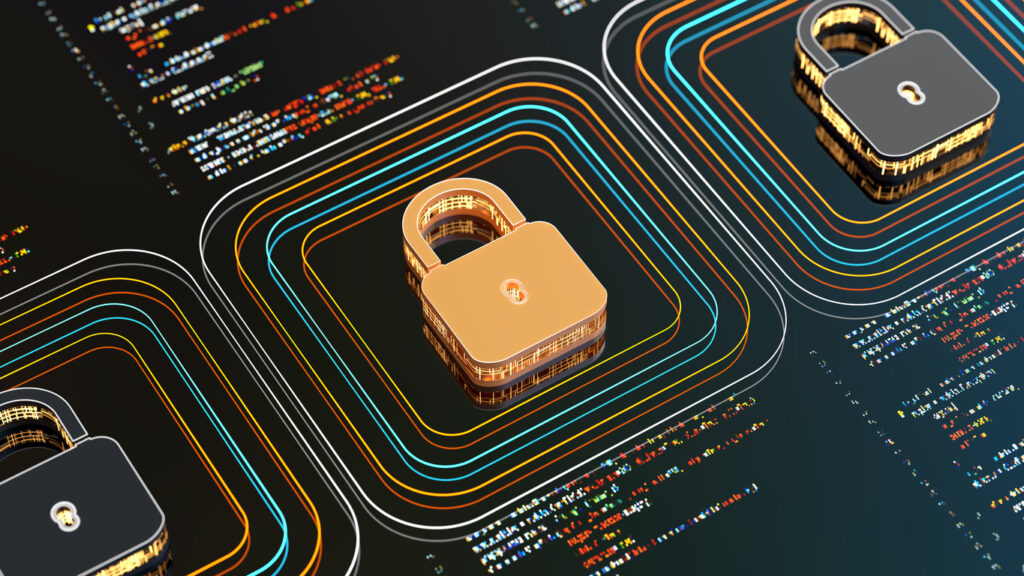In cybersecurity, two foundational principles often guide how organizations manage access: the principle of least privilege (PoLP) and the need to know principle. While sometimes confused, they serve different purposes in access control and information security. Both are critical to reducing risks, preventing cyberattacks, and strengthening overall security posture.
What is the Principle of Least Privilege?
The principle of least privilege limits user accounts to the minimum permissions required to perform a specific task. By granting only the essential level of access, organizations shrink the attack surface and reduce vulnerabilities that hackers or malware can exploit.
Least privilege is typically enforced through role-based access control, privileged access management, and automated workflows that assign access rights based on job function. This approach prevents privilege creep, lowers the risk of insider misuse, and ensures that superuser or administrative access is only granted when absolutely necessary.
What is the Need to Know Principle?
The need to know principle focuses on restricting access to sensitive information. Even if a user has the technical ability to access systems, they should only see the data necessary for their responsibilities. This principle is especially important for compliance with regulations like HIPAA, which protect patient information, and is frequently applied in government and financial services where sensitive data must remain tightly controlled.
Examples include limiting access to financial records to authorized analysts or restricting access to critical systems to specific privileged users. By minimizing unnecessary exposure, organizations reduce the likelihood of insider threats, data breaches, or unauthorized access.
Key Differences Between Least Privilege and Need to Know
- Scope: Least privilege applies to permissions across systems, apps, endpoints, and networks. Need to know is concerned with who can view or use specific information.
- Access: Least privilege manages permissions through tools such as RBAC or IAM systems. Need to know is more about data classification and limiting access rights to sensitive information.
- Compliance: Frameworks like NIST emphasize least privilege as part of IT security, while privacy regulations such as HIPAA depend on need to know to control access to personal data.
- Risk reduction: Least privilege reduces the ability of attackers or hackers to exploit over-permissioned accounts. Need to know ensures confidential data is not exposed unnecessarily, reducing insider risk.
How the Two Work Together
Least privilege and need to know are most effective when combined. In zero trust security models, every access request is validated, permissions are kept granular, and data is restricted to those with verified business needs. Together, these principles reduce the attack surface, limit lateral movement, and ensure sensitive information is protected across systems, endpoints, and networks.
FAQs on Least Privilege vs Need to Know
How do least privilege and need to know prevent cyberattacks?
Least privilege reduces the attack surface by restricting privileged accounts and minimizing permissions. Need to know ensures sensitive data is only accessible to those with a valid reason, lowering risks of insider threats, ransomware, or accidental leaks. Check out this article on Zero Trust vs least privilege.
How do these principles support compliance frameworks?
NIST and CISSP guidelines reference least privilege as part of IT security strategy, while HIPAA emphasizes need to know for healthcare data. Enforcing both principles helps organizations avoid data breaches and meet regulatory compliance requirements. For more insights, read our blog on Zero Trust model.
What happens if these principles are ignored?
Ignoring them often leads to privilege creep, unauthorized access, and increased vulnerabilities. This creates opportunities for hackers to exploit superuser accounts, spread malware, or cause large-scale data breaches. For practical advice on mitigating these risks, read our blog on automatically reducing firewall permissiveness.
How can these principles be applied in practice?
Organizations typically use IAM systems, role-based access control, and automated provisioning to enforce least privilege access control. Need to know is applied through data classification, access control lists, and firewalls that restrict information sharing to specific user roles.
What tools support least privilege and need to know?
Privileged access management tools manage administrative access, while IAM platforms handle authentication and user roles. Policy automation tools such as Tufin streamline firewall rules, validate permissions, and enforce access policies across hybrid environments, making both principles easier to implement.
Is least privilege enough without need to know?
No. Least privilege prevents over-permissioning but does not protect sensitive data if it is still visible within the system. Need to know ensures only those with a legitimate job function can view or use the data, creating layered security.
Ready to Learn More
Get a Demo





